Cheapskate or Paint Smart?
My world of watercolor has changed. Not long ago I thought I had a grip on what watercolors were. The major brands like Winsor & Newton and Schmincke were familiar to me and had been the staple of my palette for more years than I care to remember. I felt I was being adventurous when I added a tube of designer’s white gouache to my arsenal, and when Quinacridone Gold came along (only available via Art Spectrum at that point) things began to get more exciting.
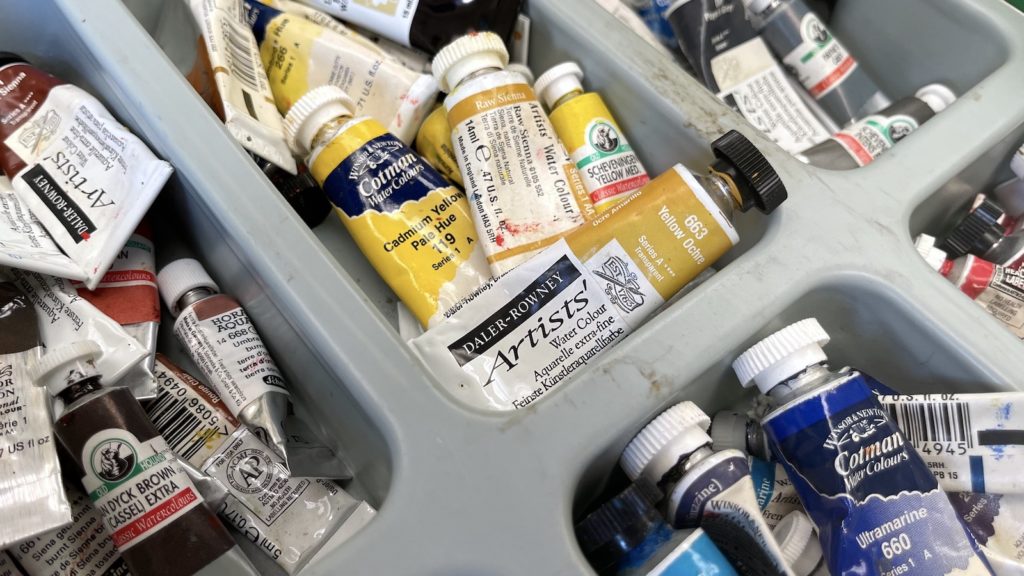
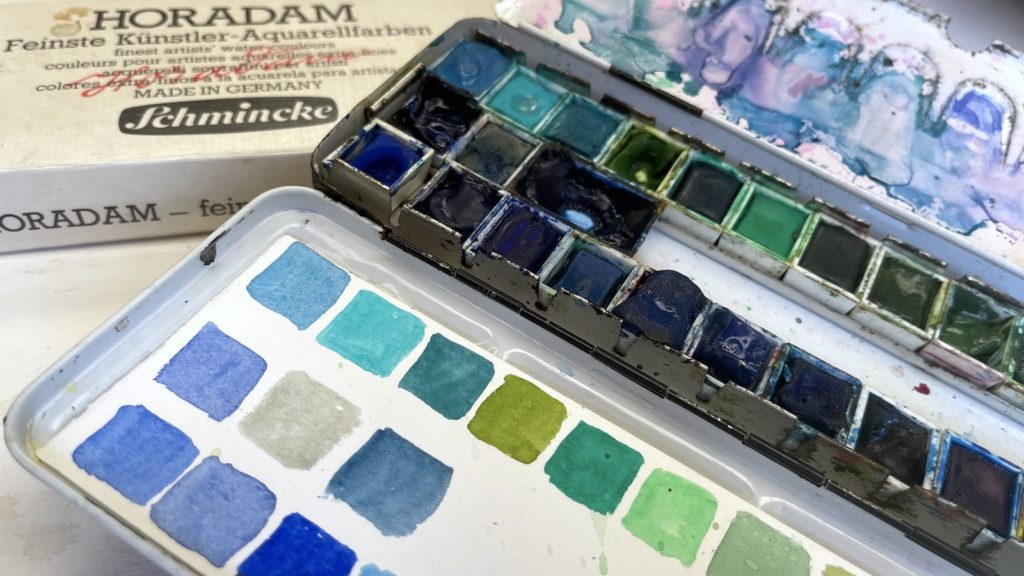
But that all sounds like ancient history now.
Since the bulk of paint manufacturing shifted to our Chinese friends’ factories, many more options have emerged – nay, flooded – on to the market, covering every possible imaginable characteristic of paint and paintbox.
To say it is now difficult to choose is to understate the problem facing any new watercolor wannabee artist.
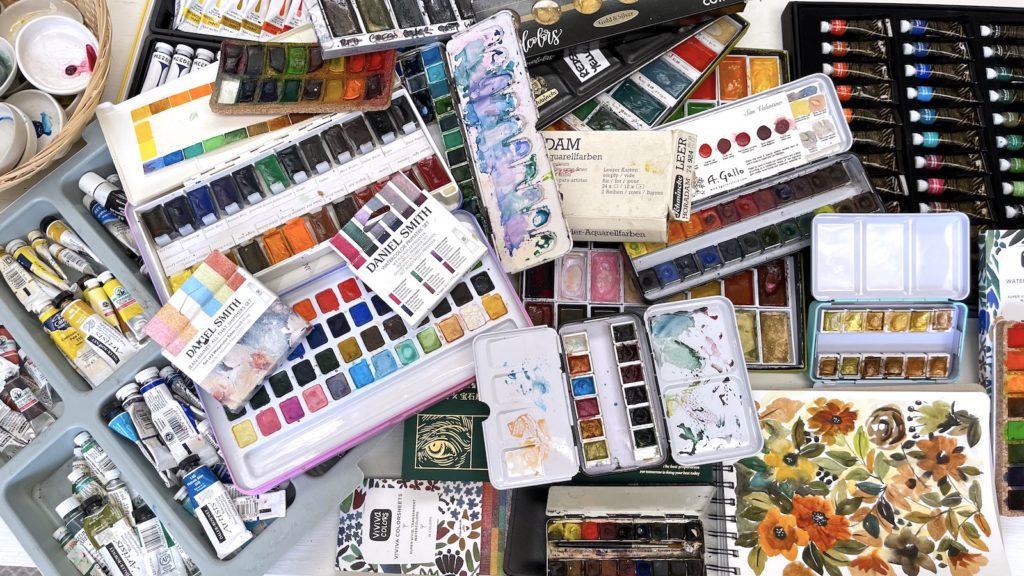
Because it isn’t just a case of choosing your paint brand and go for tubes or pans. You now have to decide whether to opt for the big brands or handmade niche manufacturers, or from a plethora of smaller companies in between. You can choose between European traditional paints or Asian traditional paints (Gansai Tambi). You can choose between traditional European paints with the normal binder or Qor paints with their modified binder, or even those which contain honey. Then there are liquid watercolors in bottles which you can squirt or use like ink, colors containing mica which makes them sparkle, highly granulating paints which makes them irregular, powders like Brusho to get color into the atmosphere, sets containing graphite and other inclusions – the list really does go on almost to infinity.
So how on earth to choose your watercolor brands?
With the advent of Artificial Intelligence to the internet, it is now almost impossible to obtain correct information about anything. Where does the pigment come from that is used in this or that paint? There is a nagging suspicion in the back of my mind that the vast majority of pigment powders come from China, possibly from a few manufacturers of pigment for the larger manufacturing base of consumer items.
In this case, if that is true, the brand name on your tube of paint is relatively irrelevant.
It has long been stated that one of the main advantages of choosing top name brands is the quality of the paint. That these paints use high-quality pigments and binders, which can result in more vibrant colors and longer-lasting paintings. However, the truth is possibly not quite what it used to be – if it ever was the truth.
Big brand name paints can be quite expensive, which is partly due to the cost of maintaining the brand as a market leader, and all the associated advertising, and nothing to do with the actual contents of the tube or pan. Just look at how many adverts for Daniel Smith or Winsor and Newton you see on Instagram and Facebook and ask yourself what portion of the price of those paints goes into the tube and what portion into the pockets of Facebook and Instagram.
Now that Winsor and Newton belongs to a huge European conglomerate more interested in producing dyes and colors for the construction and consumer appliance market than in piddling little tubes and pans of paint for you and me, you cannot trust them to be worth the money.
So when I came across Meeden paints and was approached by them to try them and possibly collaborate with them to offer you a discount, I was interested and wanted to try them.
When I received the set I swatched all the colors and compared them to my traditional palette. I was unable to detect any difference in the behaviour or color intensity of the paints. As well, the Meeden set was identical to the Paul Rubens tubes I’d also been sent.
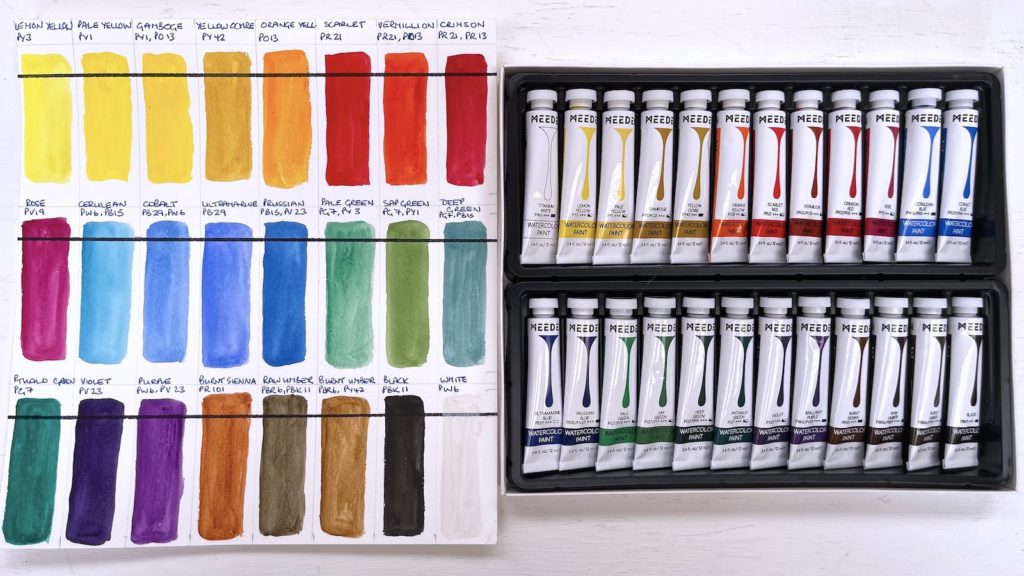
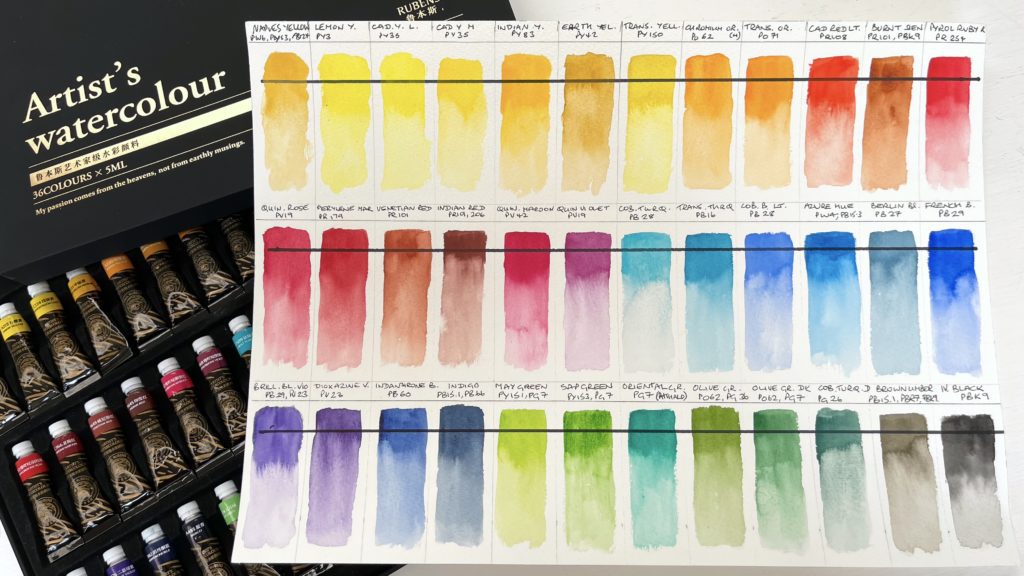
I have painted using these paints for the last six months and feel that they are as good as anything I‘ve ever used from any other brand. Fewer colours to choose from, but so much cheaper for a beginner there is no hesitation in my mind about recommending them.
They allow artists to experiment and learn without worrying about the cost of the paint. Plus, as beginners develop their skills and preferences, they can always switch to more expensive paints if they choose to.
Whether you choose to go with expensive or inexpensive paints, the most important thing is to keep creating and experimenting with your art.
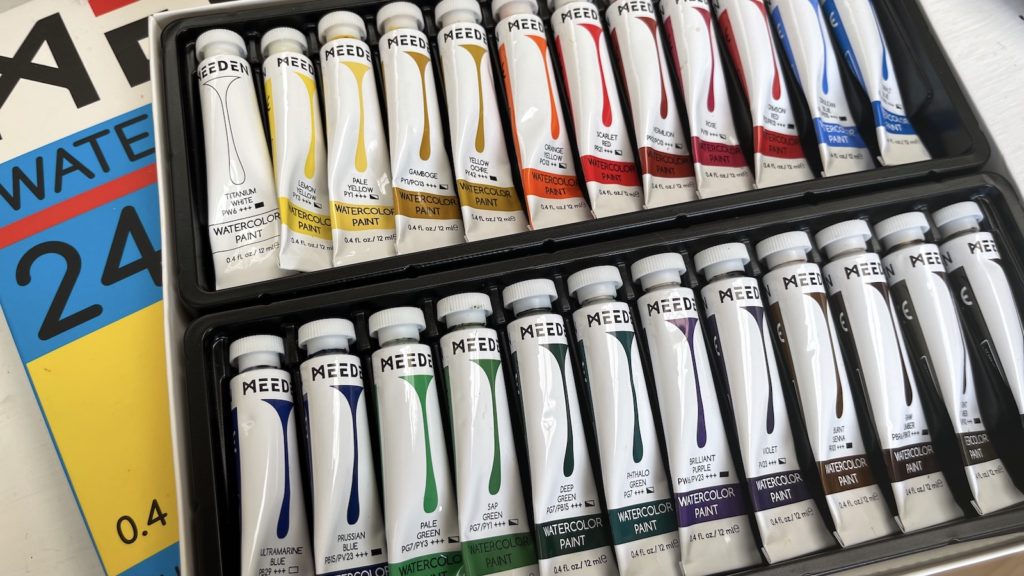
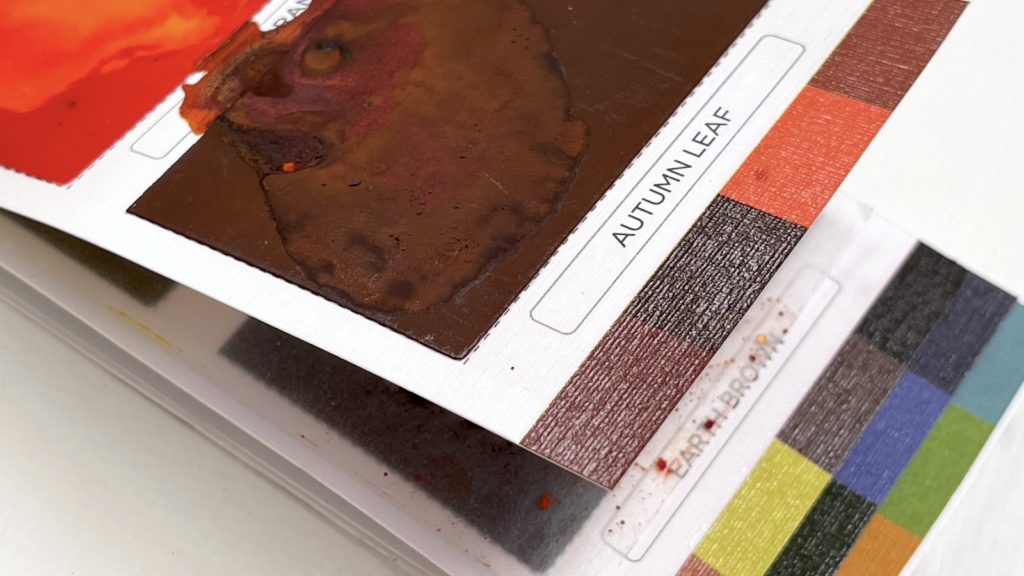

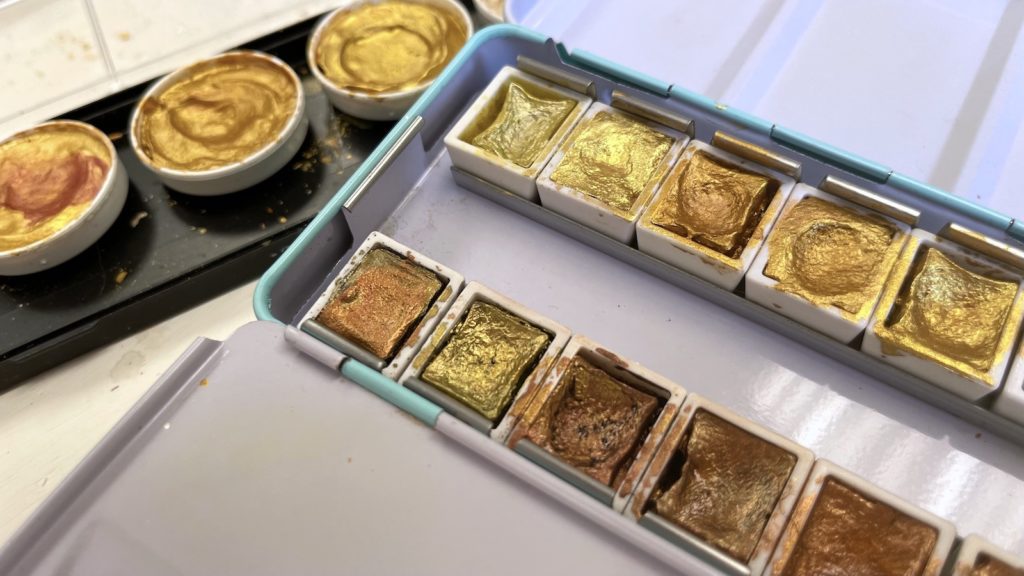
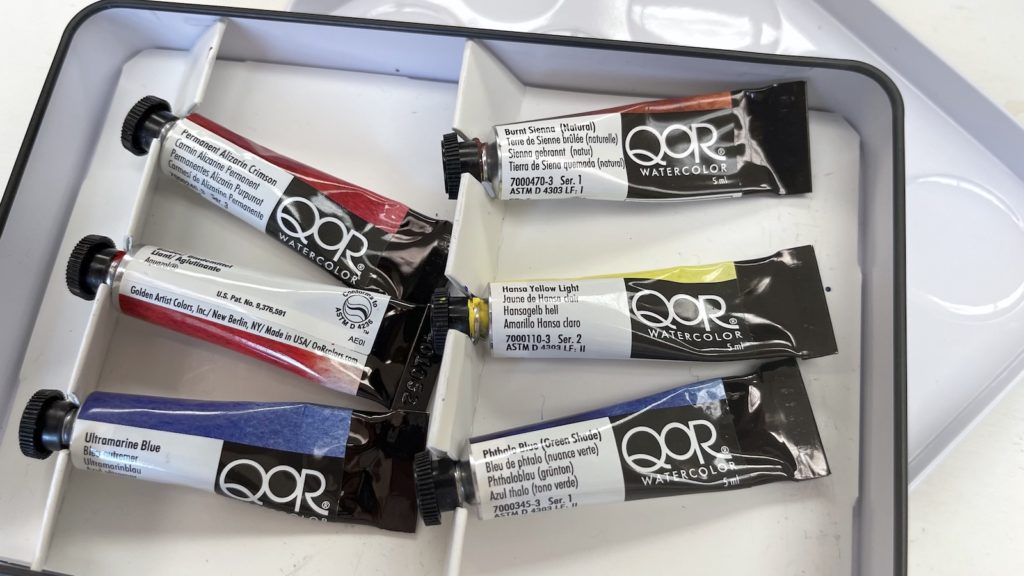
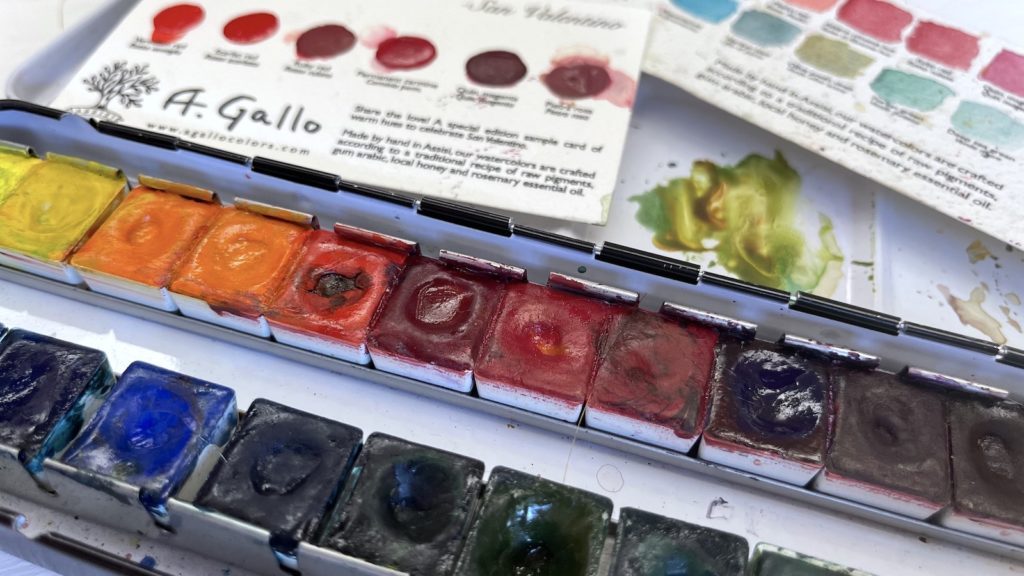
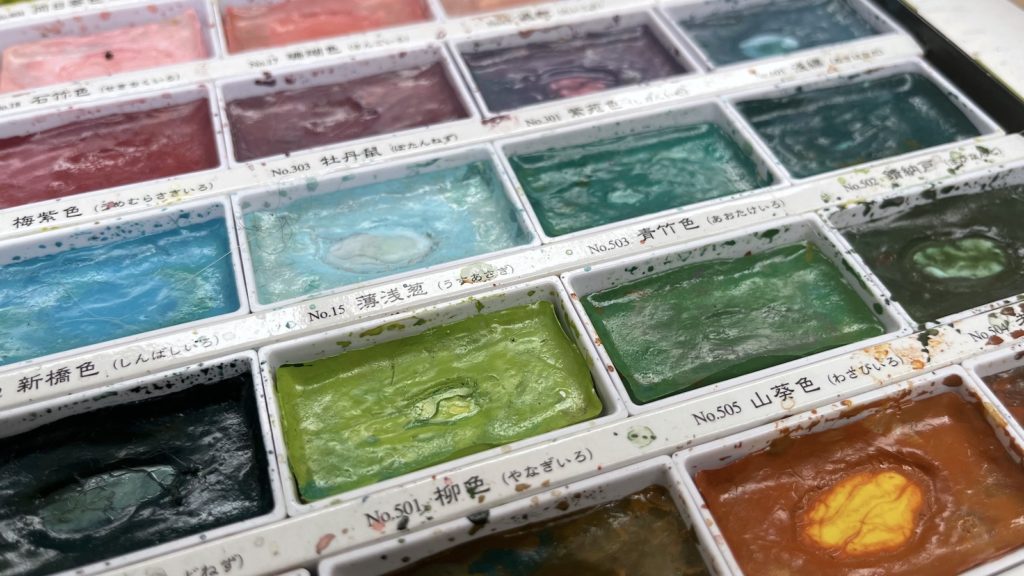
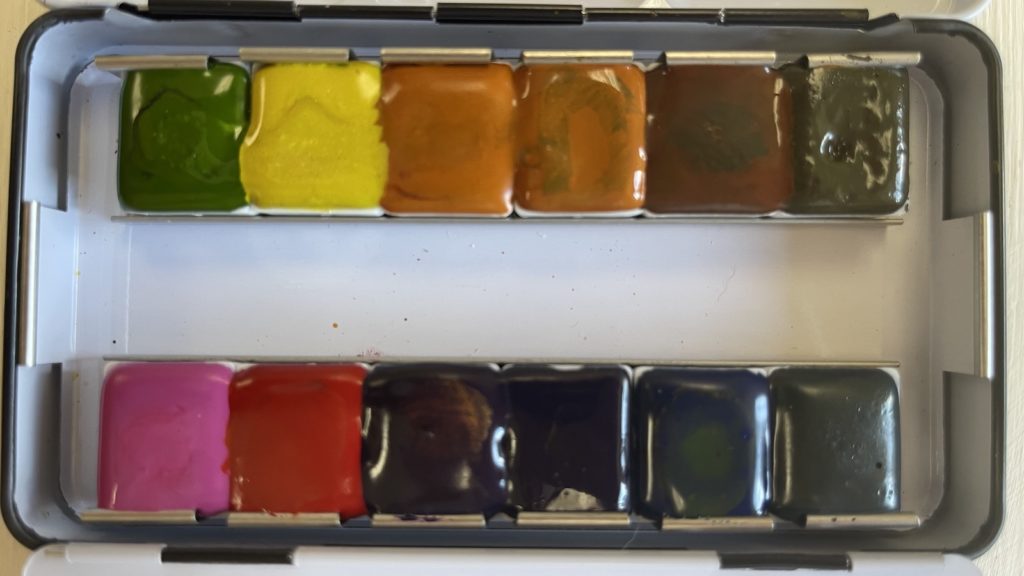
I like to try new brands. Many are just okay, not something I would buy again. A few are soul satisfying, a delight. And some are pretty good, but cheap, and I feel free to practice and experiment. I am seventy, and if I never buy another tube or pan I will not run out of paint. Luckily, I have a few grandchildren interested in art who can use the paint when I am gone. I like to try new brushes and paper too, so they will be in great shape. There will even likely be a stash of handmade watercolors crafted by me from plants and minerals. I worked hard for years and now I am having fun. Son’s see a problem there.
Hi Susan, thanks so much for your interesting comment. I agree with you, no reason not to have fun now you are retired and it’s up to you to do whatever lights a flame! Good that you have grandchildren who will enjoy your work and materials but meanwhile I would work at using as many of them up as you can – those handmade paints sound fascinating! Best wishes, Diane xxx
Thanks for your honesty, Diane. When I first started watercolor painting about 7 yrs ago, everyone I followed said you had to use Daniel Smith paints. It seemed so expensive to me, that I didn’t want to rinse my brush if I had any paint left on it. So I would keep small cards of paper handy, and brush off the excess on the cards, mostly in landscape-type format. So I came out with some cute little scenes I’d use as bookmarks or something. I’ve gotten more use to the cost of things now and don’t do that anymore. But this article is very eye-opening. Thanks for the information!
Ann
Hi Ann, that’s very interesting about the Daniel Smith paint. It sounds as if it was being highly promoted at that time and people were perhaps being rewarded for advocating it. I don’t blame you for being economical with the paint when you first started, I think I was probably similar and didn’t have the free and easy approach to pigment that I have now – partly thanks to the inexpensive Chinese pigments, good or bad we have them and might as well embrace the part of them that is good and useful. I often feel that I don’t know the truth about anything any more and that is destabilising. I try to find out what I can – and share it – but we can never know the whole truth. Best wishes, Diane xxx
I always appreciate honest product evaluations, especially being new to the watercolor arts. I think the learning for me is more the paper I use than anything else. Paper seems to be the biggest variable and the one where I notice a difference between better quality and lower quality.
Hello,
I just discovered Roman Szmal watercolor paints. They are made in Poland by a family run business. They are beautiful, vibrant colors and artist quality. I am an amateur and I could tell the difference. They do cost more, but I think they are worth it, and I like supporting a smaller, family owned business. You might want to check them out. Roisin Cure has curated an urban sketching palette of Roman Szmal paints that you can purchase from her website.
Eileen